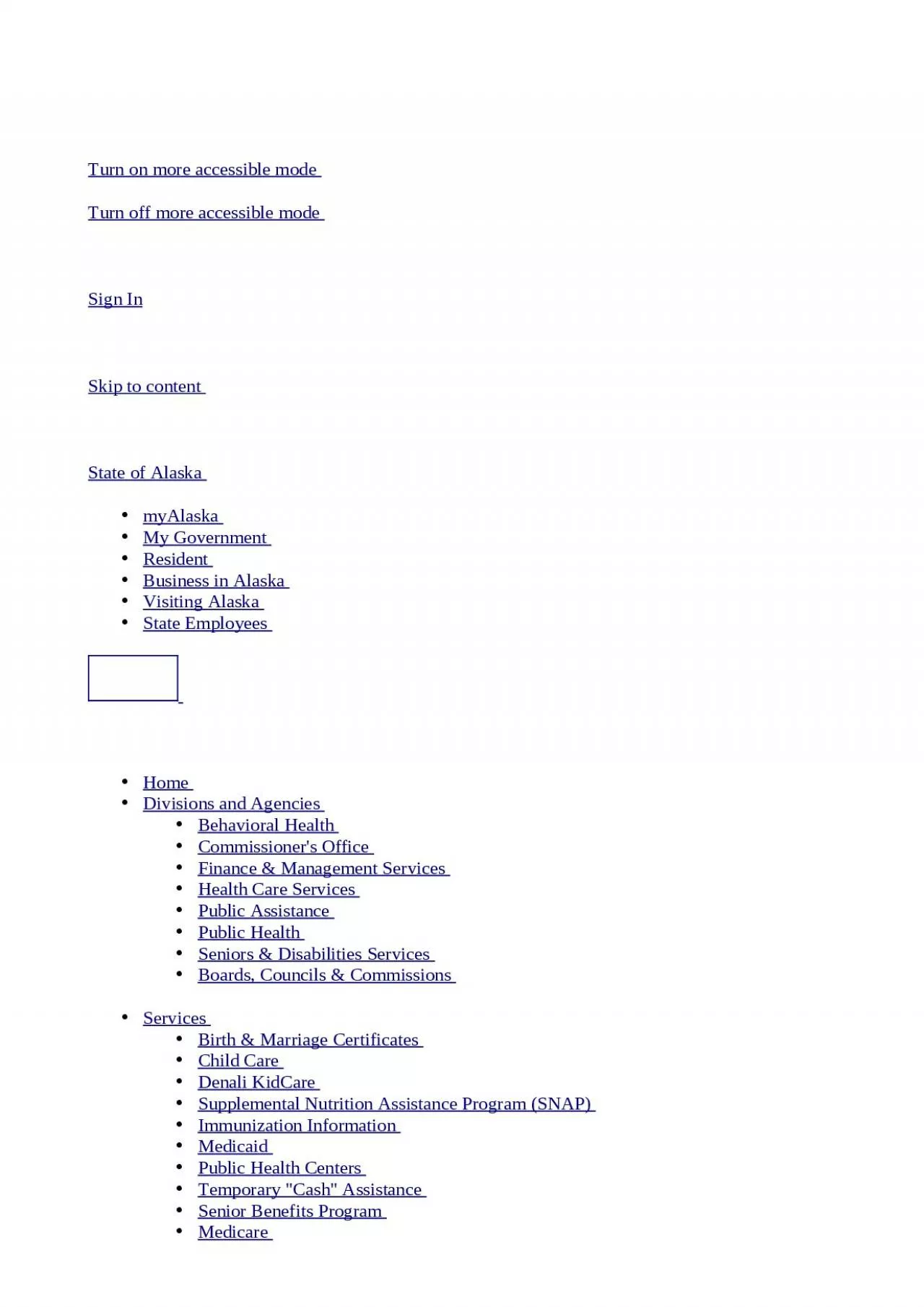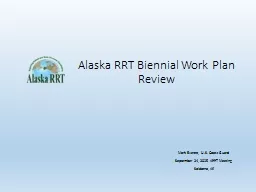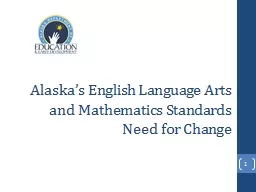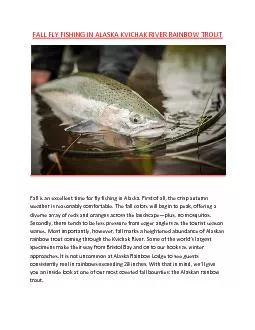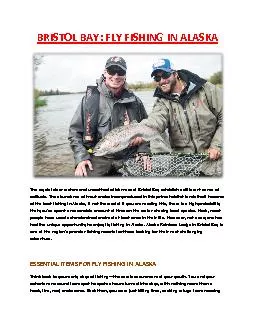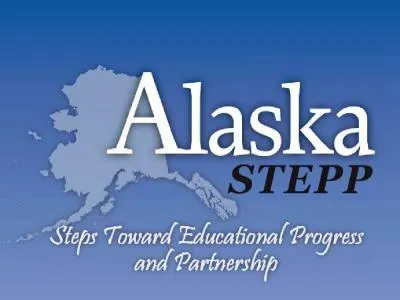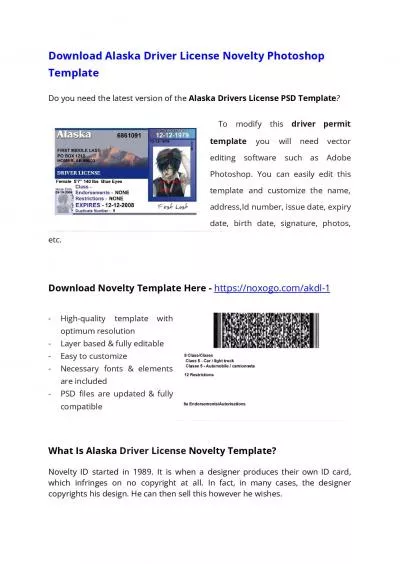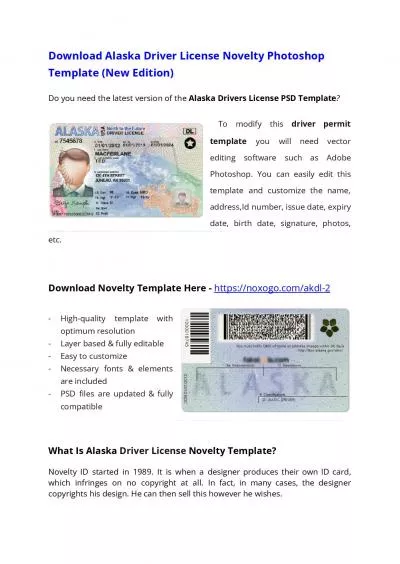PPT-UPDATE to the Alaska Strategic Plan
Author : josephine | Published Date : 2022-06-15
for Eliminating TobaccoRelated Disparities Prepared for State of Alaska Tobacco Prevention and Control Program LEAD is a Statewide workgroup that represents and
Presentation Embed Code
Download Presentation
Download Presentation The PPT/PDF document "UPDATE to the Alaska Strategic Plan" is the property of its rightful owner. Permission is granted to download and print the materials on this website for personal, non-commercial use only, and to display it on your personal computer provided you do not modify the materials and that you retain all copyright notices contained in the materials. By downloading content from our website, you accept the terms of this agreement.
UPDATE to the Alaska Strategic Plan: Transcript
Download Rules Of Document
"UPDATE to the Alaska Strategic Plan"The content belongs to its owner. You may download and print it for personal use, without modification, and keep all copyright notices. By downloading, you agree to these terms.
Related Documents

